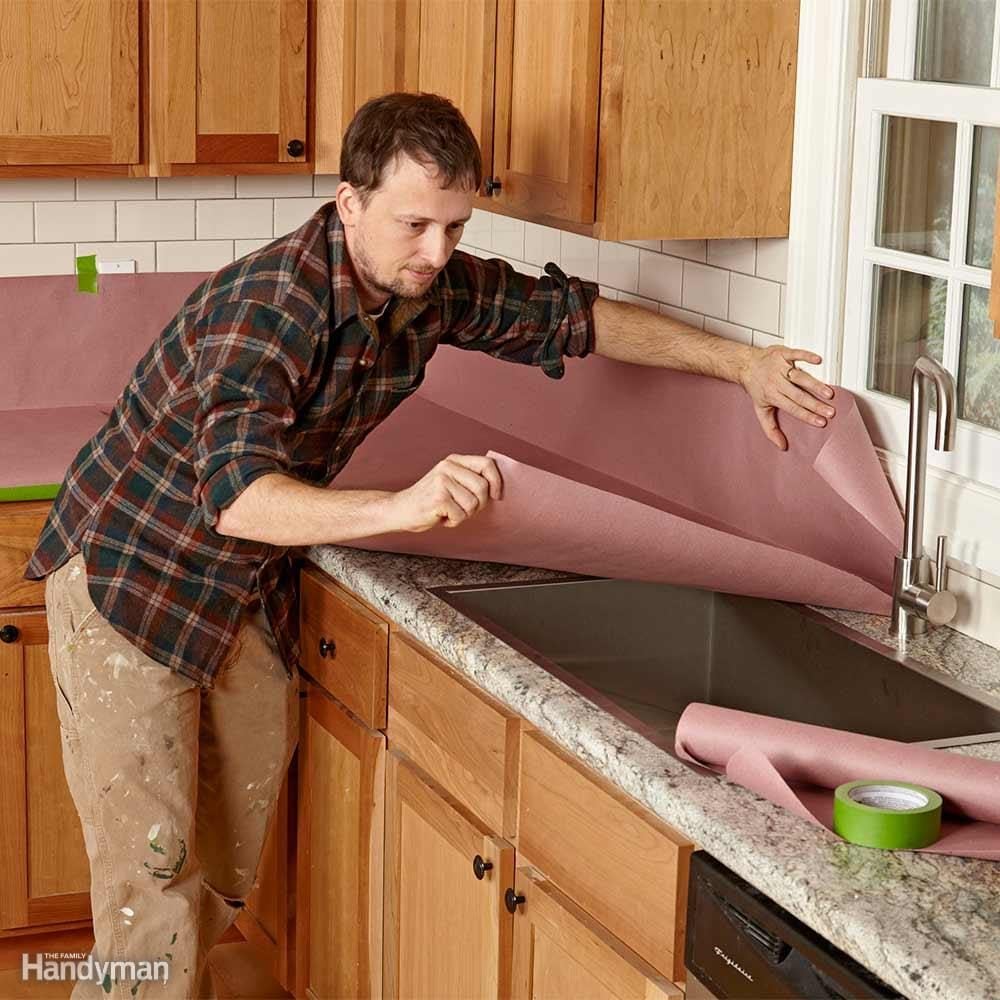The Ultimate Guide To How To Fix 3 Types Of Paint Streaks On Walls (And Avoid Them)
In this post I want to go over a problem that lots of Do It Yourself painters experience and a handful of basic options. That problem is brush marks. Today, I desire to particularly attend to brush marks when painting a door, either cabinet doors, routine doors or really any piece of wood or furniture that you wish to get rid of brush marks on.
Lots of DIY painters are probably in the process of painting currently painted doors and therefore could be handling thick brush marks from the last time these doors were painted. Regretfully, I don't have any unique tricks that will merely get rid of these brush marks, however rest assured, they can be gotten rid of.

This allows me to work on the door easier than if it were hanging (it is likewise the method I like to paint the door). Start by placing your 100 grit sanding disc onto the random orbital sander (painting kitchen cabinets black). Slowly sand down the door up until you have actually eliminated all of the brush strokes.

I discover that 120 or 150 grit is perfect for pre-painting sanding. Change to your 120-150 and sand down the door completely before moving on. If the door is a 6 panel door, I never fret about brush strokes in the grooves. painting stained cabinets. I only sand the flat areas and the doors end up fantastic.
All About Pro Secrets For Painting Kitchen Cabinets - This Old House
Do not lower on the orbital sander. painting formica cabinets. Any extra pressure will only trigger more wear on your motor and therefore eliminate your sander quicker. Let it do its deal with its own, I utilize my hand to guide the sander and let the weight of the machine do all the work.
You can get a lead test kit here. Lead or no lead, constantly use a NIOSH authorized safety mask when sanding. Now that you have actually sanded out any existing brush marks (or are beginning with un-painted doors), you are prepared to paint. Here are the techniques I use to make certain I don't end up with brush marks: Floetrol is a paint conditioner, not a paint thinner like water and is the number one thing you can do to get rid of brush and roller marks.
With Floetrol, your paint will keep it's protection, thin (condition) the paint so it lays smoother and slow down the dry time to increase leveling. When Floetrol is added to your paint, you will quickly eliminate 75-90% of your brush marks. If you are using an oil based item, use Penetrol, this is basically the very same item only for oil based paint.
By painting your doors flat, you will be able to use a thicker coat of paint without the threat of getting runs. If your paint is thicker, your brush and roller marks ought to have more time to level off into the finish. You'll also have gravity on your side by painting your doors on a flat surface area, which will help the marks sink into the finish.
Facts About Floetrol: Add As Paint Conditioner To Eliminate Brush Strokes ... Uncovered
The very first is that you won't have to paint over your carpet/flooring. Second, you will not get any paint on your hinges (which MANY Do It Yourself painters do when painting doors). Another easy (and quicker) way to eliminate brush strokes is to use a brush as low as possible. A velour roller cover and a 4 roller is the best way to go.
A velour roller cover with a flat laying door and some Floetrol and your doors will like as though they have actually been expertly sprayed. The way I paint doors (when I am not spraying) is to start by brushing any of the grooved locations that I can not get my roller into.
Comments
Post a Comment